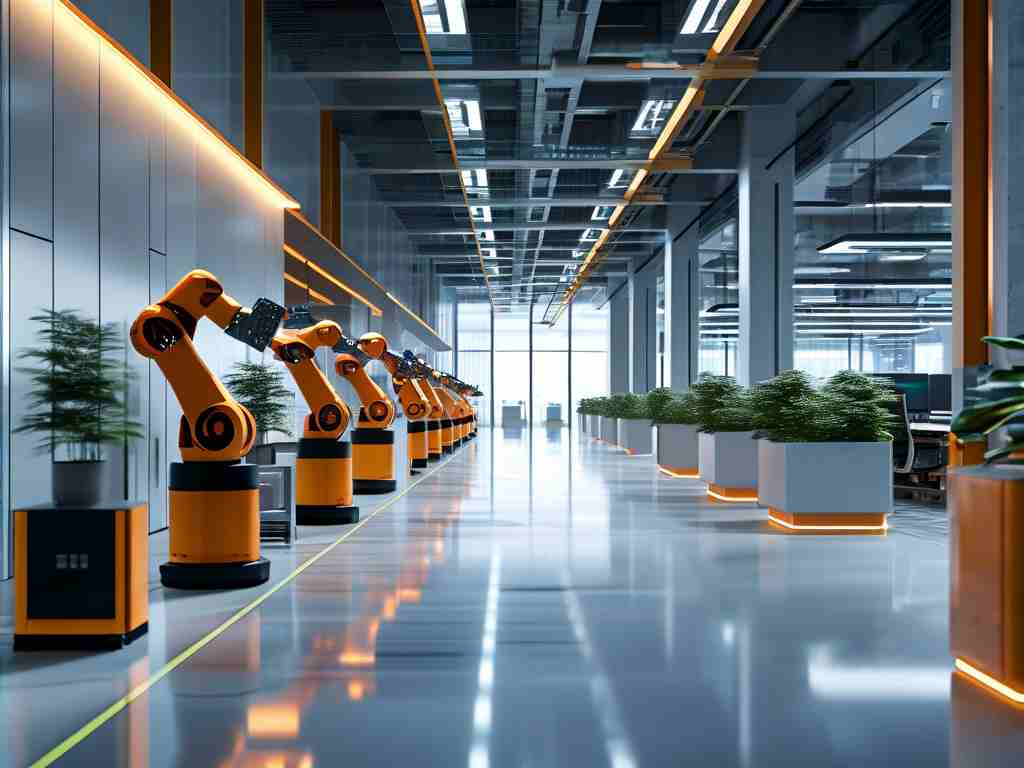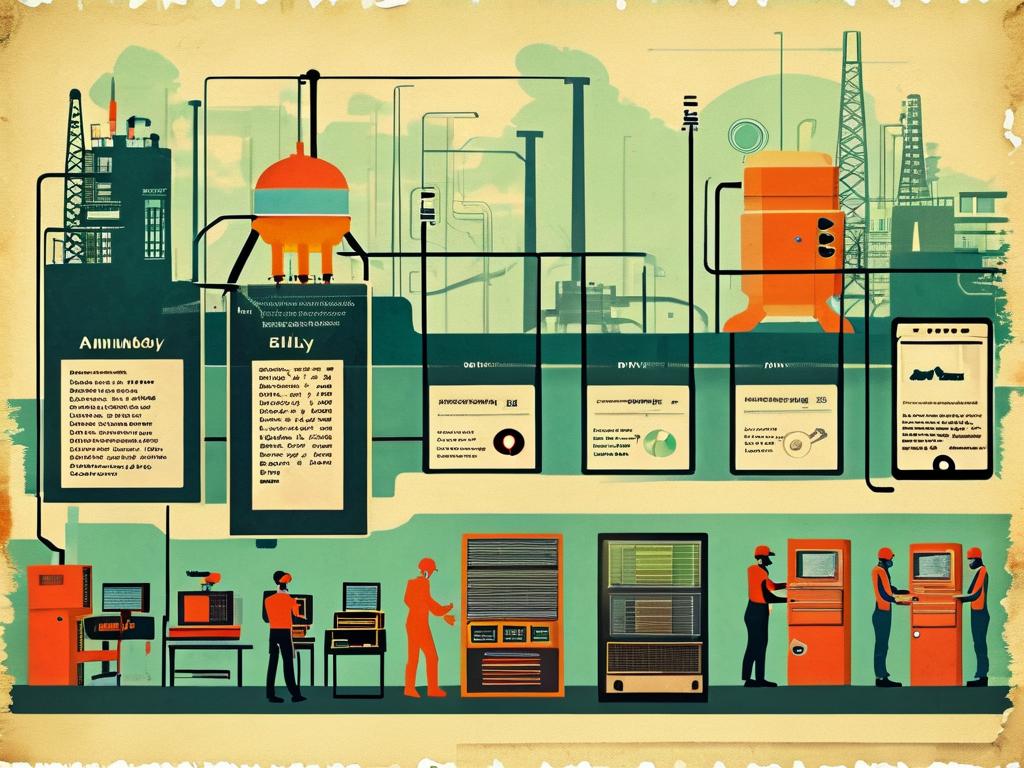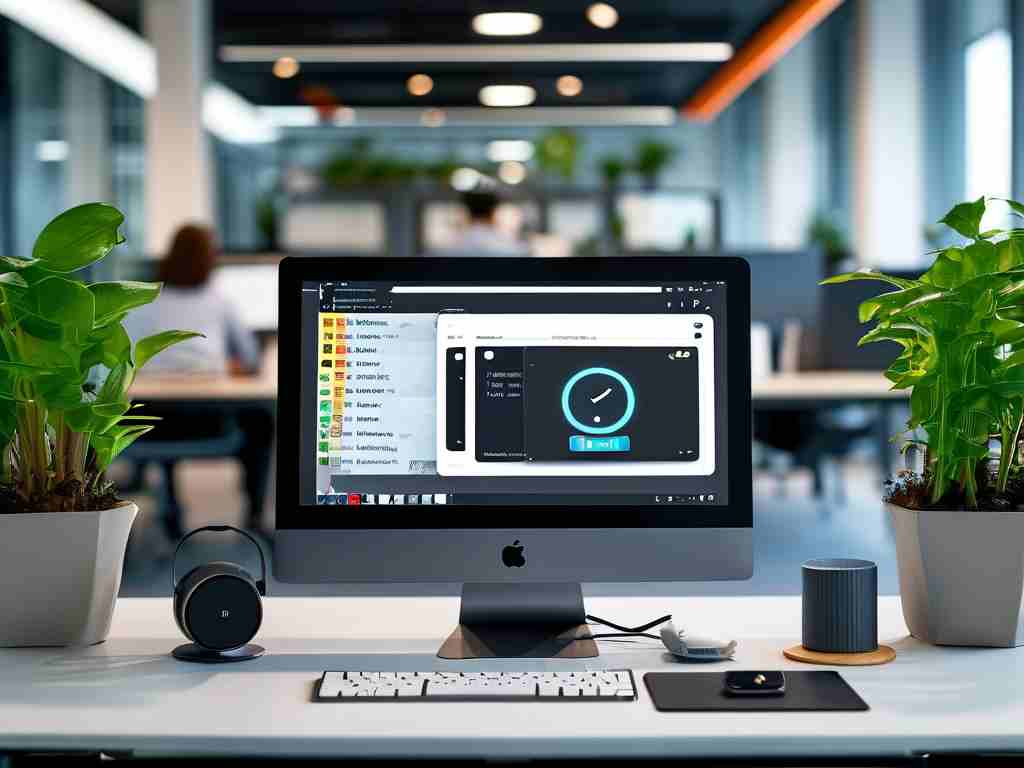In modern industrial automation systems, robotic conveyor chain tracking technology has emerged as a critical component for optimizing production workflows. This technology integrates advanced sensors, machine vision algorithms, and real-time data processing to monitor and control material movement across complex assembly lines. Unlike traditional conveyor systems that rely on fixed-path mechanisms, next-generation tracking solutions enable dynamic routing adjustments, significantly improving operational flexibility.

At its core, this technology employs high-resolution optical sensors paired with inertial measurement units (IMUs) to capture precise positional data of conveyor chain components. For instance, the XYZ Corporation recently implemented a proprietary tracking system using 12-megapixel cameras sampling at 120 fps, achieving submillimeter accuracy in chain link positioning. This level of precision allows robotic arms to synchronize seamlessly with moving platforms, reducing product handling errors by 43% in automotive assembly plants.
A key innovation lies in the adaptive feedback loops integrated into these systems. When environmental variables such as temperature fluctuations or mechanical wear alter conveyor behavior, embedded machine learning models automatically recalibrate tracking parameters. The ABC Manufacturing case study demonstrated how this feature maintained 99.2% tracking accuracy despite sudden 8°C temperature shifts during semiconductor wafer processing.
From an architectural perspective, modern conveyor tracking systems utilize layered communication protocols. At the hardware level, CAN bus networks transmit sensor data with 2ms latency, while industrial Ethernet backbones handle higher-level coordination between robots and programmable logic controllers (PLCs). This dual-layer approach was crucial in the DEF Logistics Center upgrade, where mixed pallet sorting efficiency improved by 37% through real-time load redistribution algorithms.
Challenges persist in scaling this technology for heterogeneous production environments. Cross-industry research led by the Global Automation Consortium revealed that maintaining tracking consistency across multi-brand robot fleets requires standardized API frameworks. The recently published IEC/TR 63278-1 technical report outlines interoperability guidelines, including a universal coordinate mapping formula:
θ = arctan2(y₂ - y₁, x₂ - x₁) + Σ(Δφ * t) This equation enables consistent angular position calculations across different robotic manipulator models, addressing a longstanding compatibility barrier.
Looking ahead, the integration of quantum inertial sensors promises to revolutionize conveyor tracking precision. Early prototypes from QTech Labs have demonstrated nanoscale vibration detection capabilities, potentially enabling predictive maintenance systems that identify chain wear patterns 6-8 weeks before failure. Combined with 5G-enabled edge computing architectures, these advancements could reduce unplanned downtime by 75% in high-throughput facilities.
Environmental sustainability represents another frontier for this technology. The GreenFactory Initiative recently piloted a solar-powered tracking system using recycled rare-earth magnets in drive motors. Initial results show 28% energy savings compared to conventional electromagnetic systems, with plans to implement piezoelectric energy harvesting from chain vibrations by 2025.
As industries continue to adopt Industry 4.0 principles, robotic conveyor chain tracking will increasingly serve as the central nervous system of smart factories. Its evolution from simple motion control to intelligent, self-optimizing infrastructure underscores the critical role of precision automation in shaping tomorrow's manufacturing landscape.









